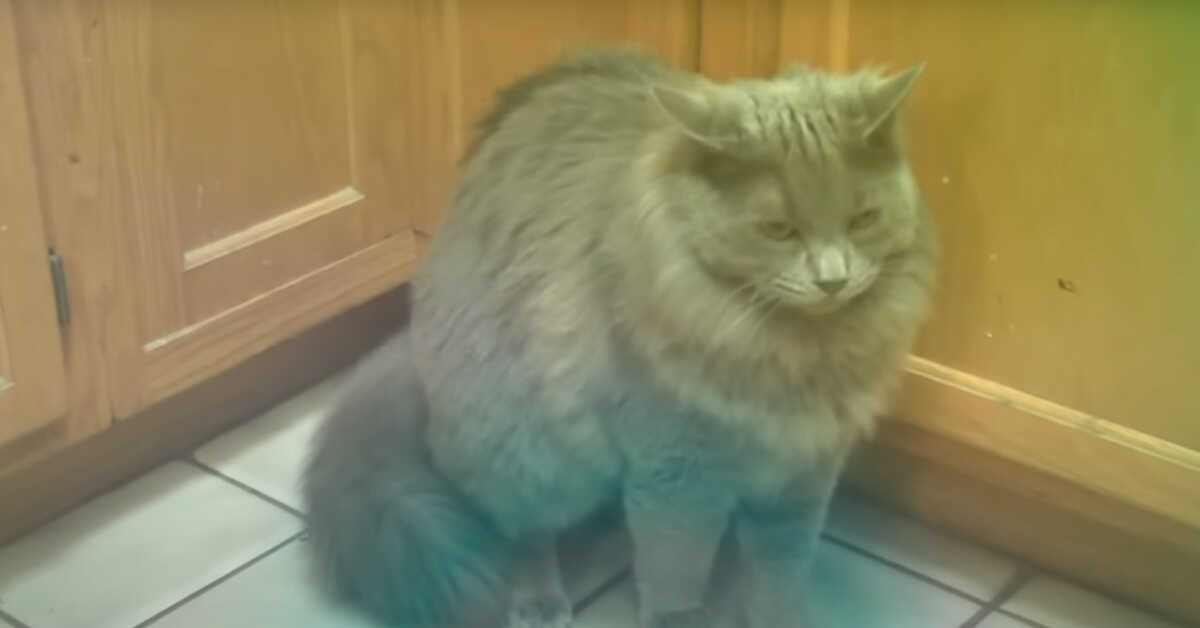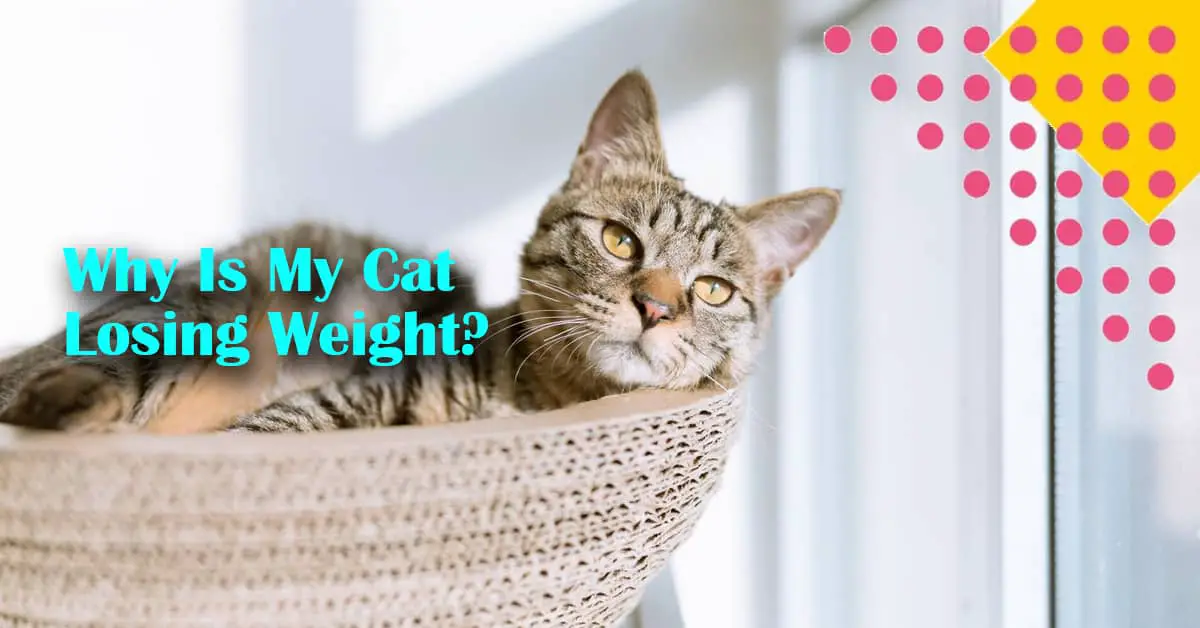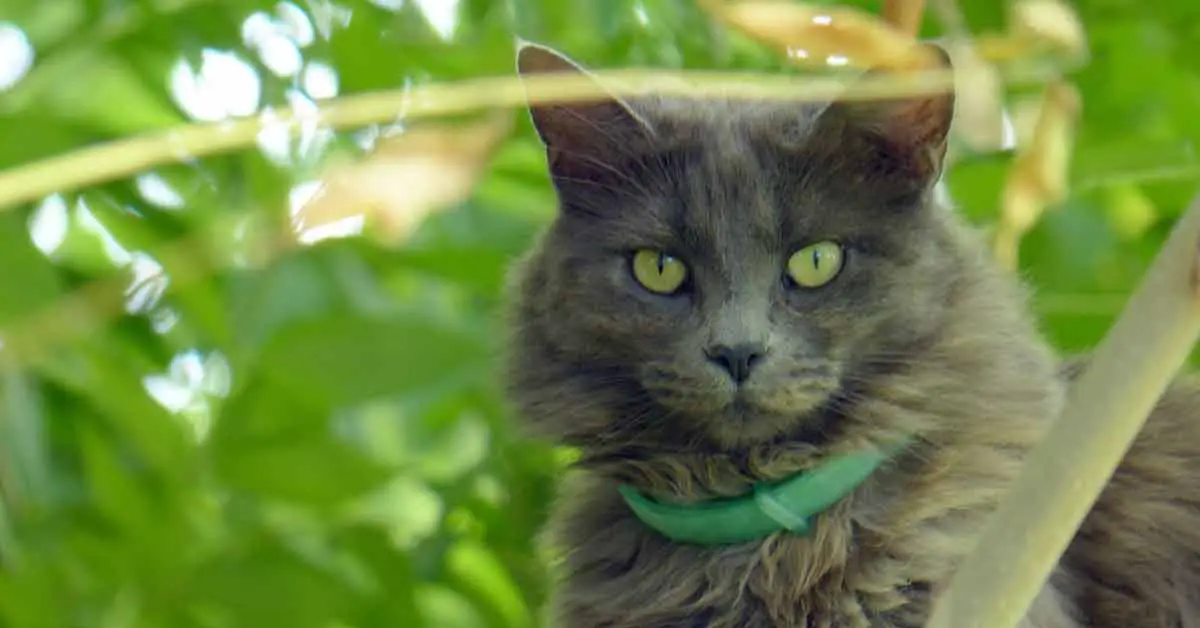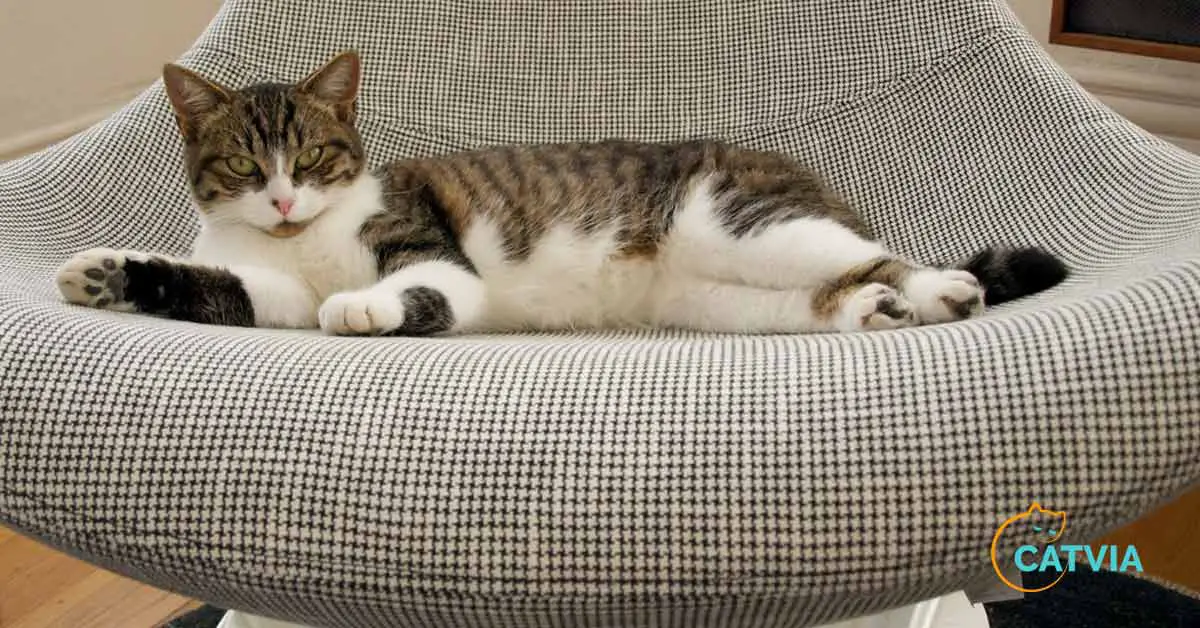If you live in an apartment and have a cat, you may be wondering how to dispose of your cat’s poop. While some people simply flush it down the toilet, this is not always the best option, as cat poop can clog pipes.
Cat poo is stinky, dingy, and dirty. If you have not disposed of it properly then it causes many problems.
Actually, disposing of cat poop is not hard. Technology has made everything easier.
How To Dispose Of Cat Poo: Safe & Hygienic Methods
Properly managing cat waste is essential for maintaining a healthy living environment and protecting both your family and the ecosystem. Here are some most common, simple, safe, and hygienic methods of disposing of cat litter and poop:
Equip Yourself Properly
The first important thing is to equip yourself properly. Usually, cat poop is harmless but it can cause serious problems in some people, especially pregnant women. So proper safety is needed to avoid any infection.
Use Biodegradable Bags
Biodegradable bags specifically designed for pet waste offer a convenient and environmentally-friendly solution for disposing of cat poop. These bags are crafted to break down naturally over time, reducing the long-term impact on landfills and ecosystems.
When you clean your cat’s litter box, scoop the waste into a biodegradable bag. Double-bagging is recommended to ensure containment. Securely tie the bags and place them in your regular household trash bin with a secure lid.
This method prevents direct contact with the waste and minimizes odor. Biodegradable bags are an excellent option for those who want a convenient yet responsible way to handle cat waste.
Flushable Cat Litter
Some cat litter are labeled as “flushable,” indicating that they can be safely flushed down the toilet. However, it’s crucial to choose a reputable and certified flushable litter and to check with your local plumbing regulations before flushing.
Select a flushable cat litter that is approved by plumbing and wastewater authorities. Scoop the soiled litter into a bag and securely tie it. Empty the bag into the toilet and flush.
Remember that not all plumbing systems can handle flushable litter, so ensure your system is compatible to avoid clogs or damage. Always follow the manufacturer’s instructions and local regulations.
Composting
Composting cat waste can be an environmentally-friendly option if done correctly. Special compostable cat litter are designed to break down along with the waste, but this method requires careful consideration.
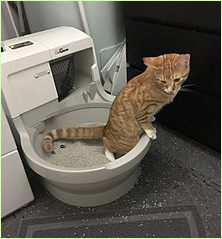
Choose a compostable cat litter that meets recognized standards for compostability. Select a designated compost bin or area in your yard for pet waste. Place the waste and litter into the compost bin, ensuring it is separate from kitchen or garden compost.
Compost cat wastes away from edible plants to prevent contamination. Regularly turn and maintain the compost to facilitate decomposition.
Understand that composting cat waste requires more time and effort than other methods and may not be suitable for all households.
Pet Waste Disposal Systems
Pet waste disposal systems are designed to handle pet waste, including cat poop, in an efficient and sanitary manner. These systems often consist of specially designed containers or stations equipped with waste bags and receptacles.
Curbside Pickup Services
Curbside pickup services are offered by many waste management companies and are a convenient way to have pet waste collected and disposed of properly. This option can be especially helpful for cat owners who lack the time or resources for alternative disposal methods.
Landfill Disposal
While landfill disposal is a common method, it’s important to approach it thoughtfully and responsibly. Cat waste in landfills can potentially contaminate soil and groundwater.
Place the soiled cat litter in a plastic bag, ensuring it is securely tied to prevent leaks and odors. Dispose of the bag in your household trash bin, which will ultimately end up in a landfill.
Change the Cat Litter Regularly
It is important to change the cat litter frequently. You can create a regular schedule that can be followed throughout the year.
If you don’t take the time to change the cat litter, it’s going to get to the point where an ill-smelling starts to settle in your apartment. Well, do you like the idea of having to sleep through the smell of cat poop in your apartment? Obviously, no one likes that smell and rightly so.
For this reason, it is important to set a proper schedule for removing and altering the cat litter as often as possible.
Generally, you should change the cat litter at least 2-3 times per week. Moreover, this is a good habit to get into and improve how your apartment smells throughout the day.
Pay Attention To Your Cat’s Patterns
Obviously, it is important to consider your cat’s pooping habits.
Because this is important it supports you to fine-tune your schedule based on how often they relieve themselves.
For instance, a cat that doesn’t go often may not require the cat litter to be changed as regularly as one that does.
FAQ’s
Where can I dispose of cat poop?
Dispose of cat poop in the Trash. Use a litter scoop to shift out poop in a trash bag. If you’re using biodegradable or compostable litter, you can add it to your compost bin.
Is it ok to flush cat feces down the toilet?
No, do not flush cat feces down your toilet. Never flush cat litter and feces down in the toilet. It can cause havoc on your plumbing, and clog pipes. Also can damage your septic system.
Is cat poop good for anything?
It is not a good idea to make cat litter composting. Cat feces contain 2½ times the amount of nitrogen, phosphorus and potassium. Also, there are contain parasites and disease organisms. It can present significant health risks.
Final Verdict
Since you are learning how to dispose of cat poop in an apartment, it is best to consider all of your options and only go with a solution that’s affordable, reliable, safe, and efficient.
Finally need to say, always invest in a good scooper, cat litter disposal system, and cat litter to make sure you are on the perfect track.
Dr. John Morris, DVM is a Doctor of Veterinary Medicine who has seven years of experience in feline medicine, dermatology, and behavior. He also enjoys volunteering at a local NGO that supports literacy programs for children and adults. In his free time, he enjoys fostering kittens, traveling, vegan cooking, hiking, and biking. Learn more about Justin here.

